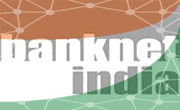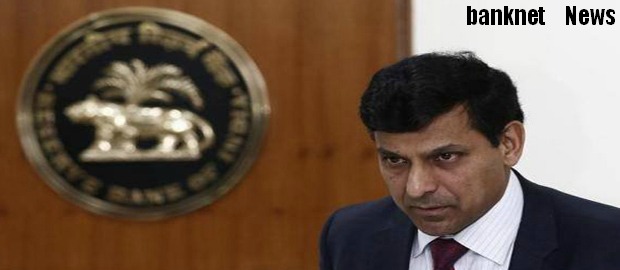

First Bi-monthly Monetary Policy Statement for 2015-16 By Dr. Raghuram G. Rajan, Governor, RBI - April 07, 2015 - Full Text
Access to Finance
The Reserve Bank had constituted an Internal Working Group to revisit the Priority Sector guidelines. The Working Group has since submitted its report, which was placed on the Reserve Bank’s website for comments/suggestions.The Working Group has, inter alia, recommended specific sub-targets for small and marginal farmers and micro enterprises and inclusion of certain specific types of social infrastructure within the ambit of priority sector lending. The working Group has also recommended introduction of tradable Priority Sector Lending Certificates as another instrument to manage deficit/surplus amongst the players within the system. The Reserve Bank will take a view on the recommendations in the light of feedback received and the guidelines in this regard will be issued shortly.
Taking into consideration the improvement in the Micro-Finance Institutions (MFI) sector and recommendations of the Committee on Comprehensive Financial Services for Small Businesses and Low Income Households (Chairman: Dr. Nachiket Mor), there is a need to revise upwards the limit relating to total indebtedness of the borrower, eligible rural and semi-urban household annual incomes and loan amounts to be disbursed in the first cycle and in subsequent cycles as follows:
Total indebtedness of a borrower, excluding educational/ medical expenses, not to exceed Rs 1,00,000 (raised from the current limit of Rs 50,000).
Loan disbursed to a borrower with a rural household annual income not exceeding Rs 1,00,000 (enhanced from Rs 60,000) or urban and semi-urban household income not exceeding Rs 1,60,000 (enhanced from Rs 1,20,000).
Disbursement of the loan amount not to exceed Rs 60,000 (enhanced from Rs 35,000) in the first cycle and Rs 1,00,000 (enhanced from Rs 50,000) in subsequent cycles.
Detailed guidelines will be issued shortly.
Several measures have been taken to ensure the timely flow of funds to the infrastructure sector. One of them was to create a separate category of non-bank finance companies (NBFCs) called NBFC-infrastructure debt fund (NBFC-IDF). These NBFCs were allowed only to provide take-out finance for infrastructure projects in the Public Private Partnership (PPP) segment under a tripartite agreement involving, among others, the project authority. Certain regulatory dispensations were also given to these NBFCs. With a view to expanding the nature of projects to which they can lend, it is proposed to allow NBFC-IDFs to provide take-out finance for infrastructure projects that have completed one year of operation in the PPP segment without a tripartite agreement and to the non-PPP segment, subject to certain conditions. Detailed guidelines are being issued separately.
Looking ahead, the Reserve Bank’s developmental and regulatory policies will continue to be guided by the five-pillar approach to improve the efficacy of monetary and liquidity management, expand financial inclusion and carry forward banking sector reforms by adapting the best international practices to country-specific requirements.
Assessment ... Read more
Policy Stance and Rationale ... Read more
Banking Structure... Read more
Financial Markets ... Read more
Access to Finance... Read more
RBI Monetary and Credit Policies (1999-2015) - Notifications, Press Releases, Reports - Click here

BANKING

FINANCE

INSURANCE

TECHNOLOGY

Foreign Exchange


